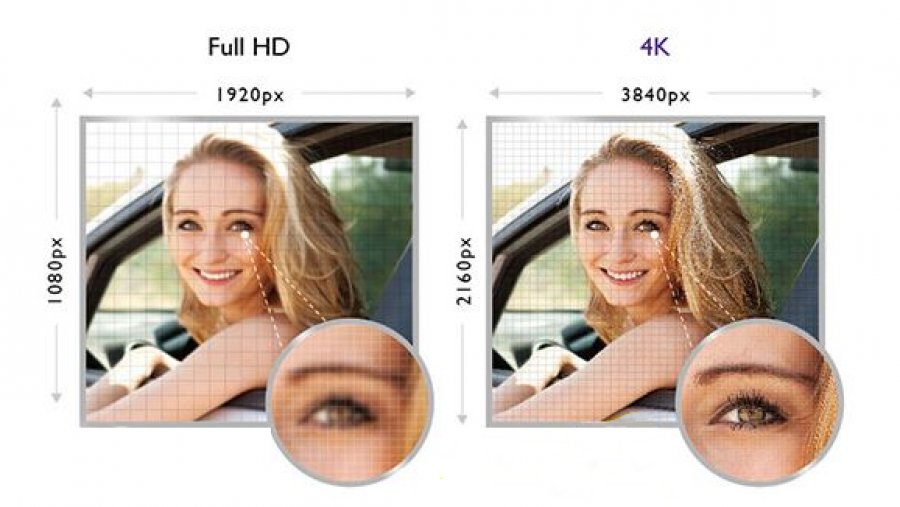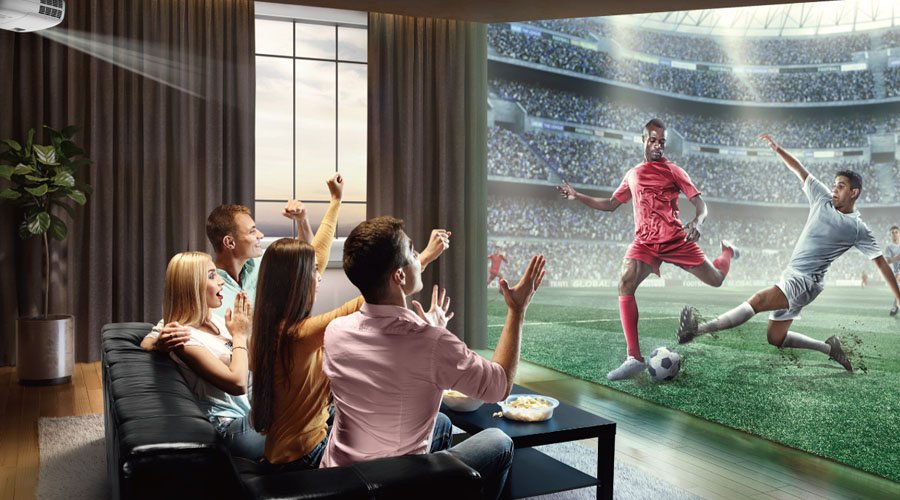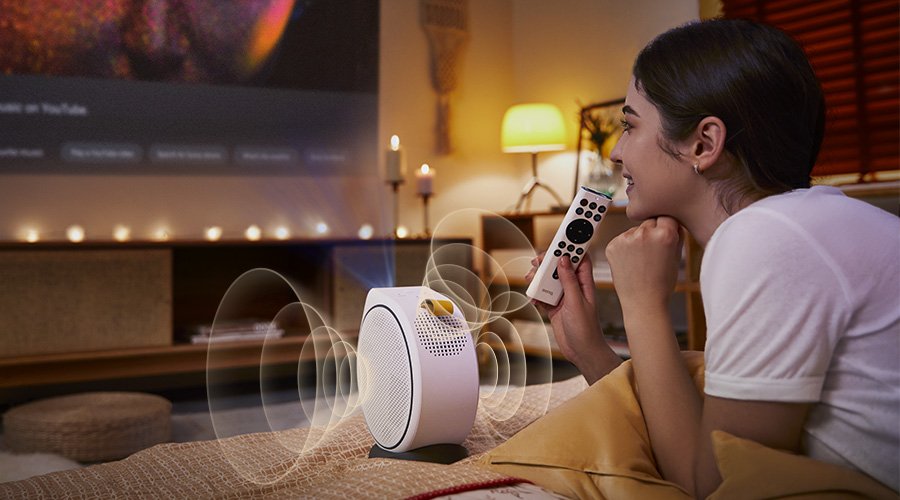We know that many brands claim their displays, such as home TV, home projector, computer monitor, gaming monitor, commercial signage and commercial industrial projector, come with 4K UHD (Ultra HD) quality. But what does “4K UHD” actually mean? What’s the difference between 4K UHD and the well-known Full HD? The difference is HUGE!
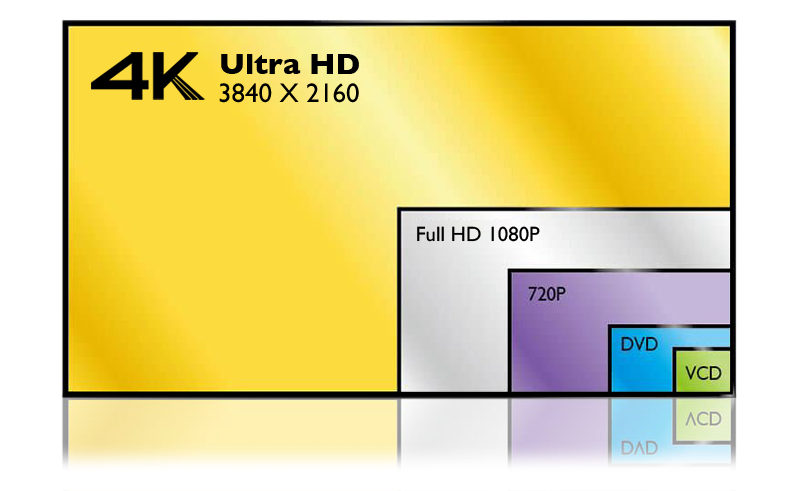

What is Full HD?
Both Full HD and 4K UHD represent the resolution of a display. The term resolution is considered as the pixel count in ditigal imaging. Full HD resolution means there are true 1920 pixels in width and 1080 pixels in height. However, if we want to enjoy true Full HD images, besides a Full HD TV or projector, we also need to connect the display to a Full HD Blu-ray player via HDMI cable and of course, a Blu-ray disc in Full HD format is necessary.
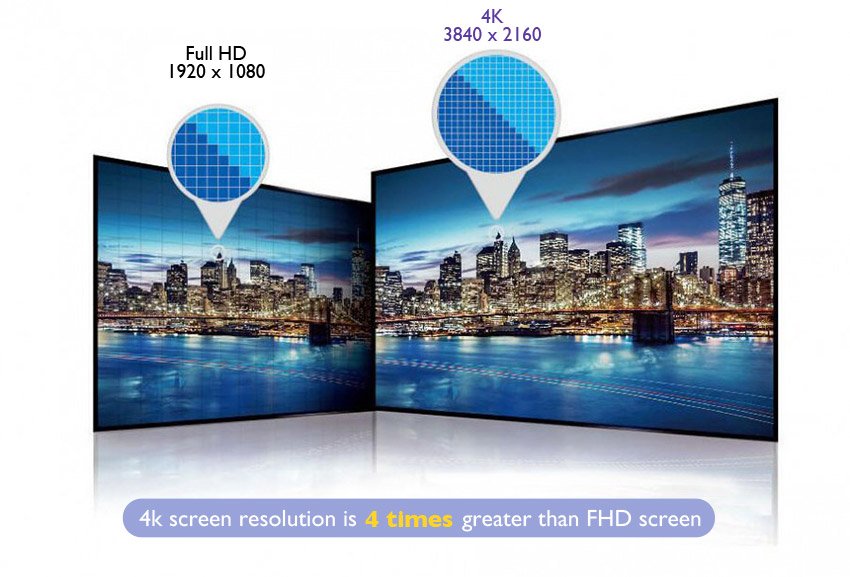

What is 4K UHD?
Since mid-2013, the global imaging industry started to move to 4K and 4K UHD supporting displays were launched one after another. This resulted in the phenomenon that all brands started to dedicate themselves to the development of 4K UHD products. 4K UHD refers to a horizontal screen display or image resolution in the order of 4,000 pixels. What is different from a Full HD is that the specifications of 4K UHD varies in professional fields and thus results in different definitions of horizontal pixels x vertical pixels. Take home displays for example, the 4K UHD specifications refer to one of two high definitions: 3840×2160 pixels and 4096×2160 pixels. Through the developments over the years, major 4K UHD displays support 3840×2160 pixels and only very few products support 4096×2160 pixels.
If you wish the display equipment to fully correspond to 4K content, besides a 4K panel, you’ll also need to make sure if the related equipment can perfectly match. For example, a HDMI 2.0 terminal (capable of transmitting 4K/60p signals), make sure that you use a USB player supporting H.265 high efficiency video coding (compared to H.264, the H.265 lowers the required traffic when playing 4K video) and a HDCP 2.2 as well as HDCP 1.4 compliant equipment (to play 4K videos with HDCP 2.2 copyright protection). These are all the specifications that you need to pay attention to when buying a 4K display. The more complete specifications you get, the more you can enjoy 4K content from a 4K player, USB file and an online video platform.
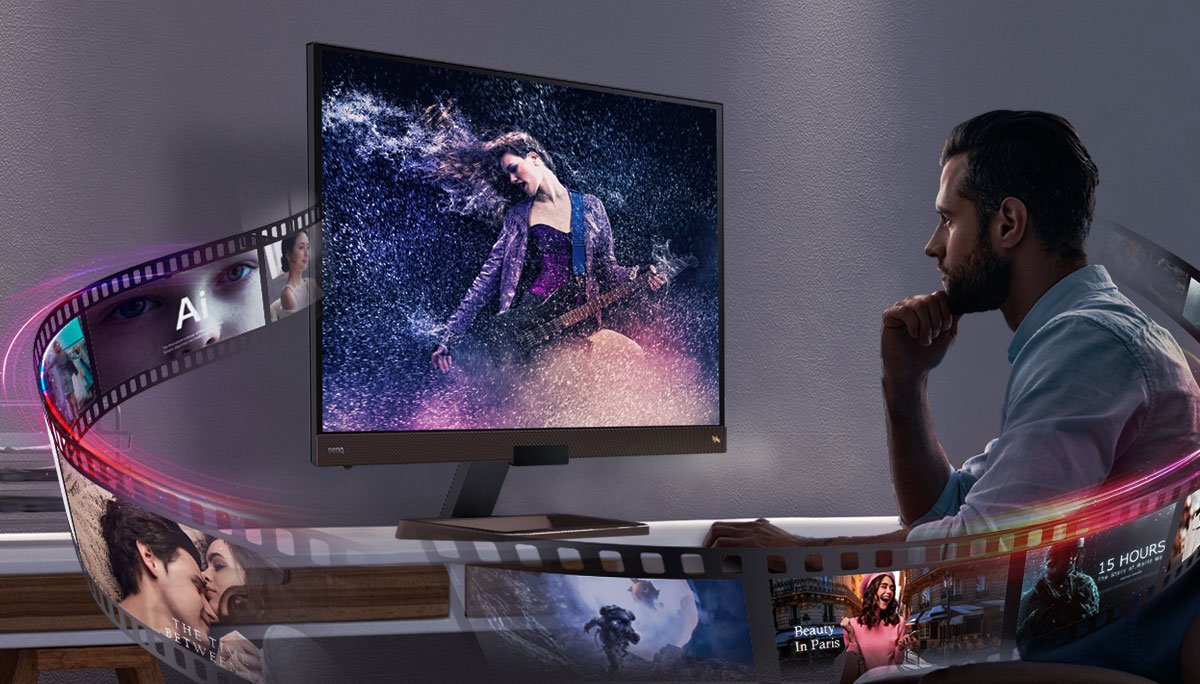

Is there a big difference between 4K UHD and Full HD?
Is there a big difference when viewing 4K UHD and Full HD movies? Actually, this is exactly the question people asked when the Full HD Blu-ray discs were just released. “Do we really need Full HD? DVD quality is good enough though.” However, the truth is that the audience gets spoiled once they have experienced Blu-ray quality. It is the same with 4K UHD and Full HD. Once compared, you can tell the difference between the old and new specifications. The most impressive part is a more detailed image achieved by increased resolution. 4K UHD cannot only bring a clearer and more natural image, but also deeply moves the audience.
From a scientific perspective, we can tell the huge difference between 4K UHD and Full HD even more easily. The horizontal human field of view is around 100 degrees; each degree can accept up to 60 pixels. In other words, 6,000 pixels can satisfy maximum horizontal field of view and the resolution of viewed images. So according to Full HD specifications, the horizontal resolution is around 1920, which is equal to “32 degrees” when converted into the horizontal field of view, which is even narrower than half of the maximum horizontal field of view. To gain a larger angle of coverage, you need to shorten the distance between the eyes and the image. The closer the eyes are to the image, the easier they will detect pixel intervals and this causes the so-called “window pane effect.”
We pursue the best immersive experience by using large-sized TVs and projectors. Obviously, the image effect brought by Full HD has its limits; comparatively, the image pixel count shown on a 4K UHD display is 4 times higher than the count on a Full HD. So with the same unit space, viewers can sit closer to the display and gain a larger angle of coverage without feeling any roughness. Of course, viewers will naturally enjoy a deeper immersive experience.
